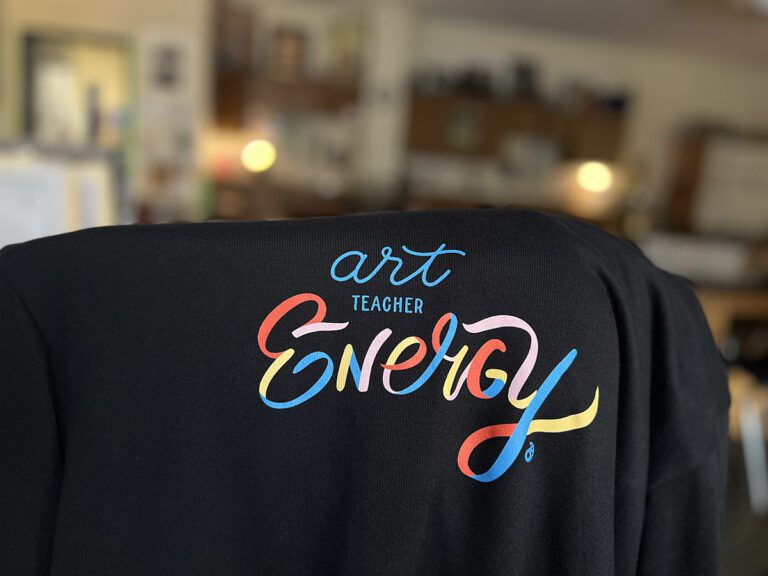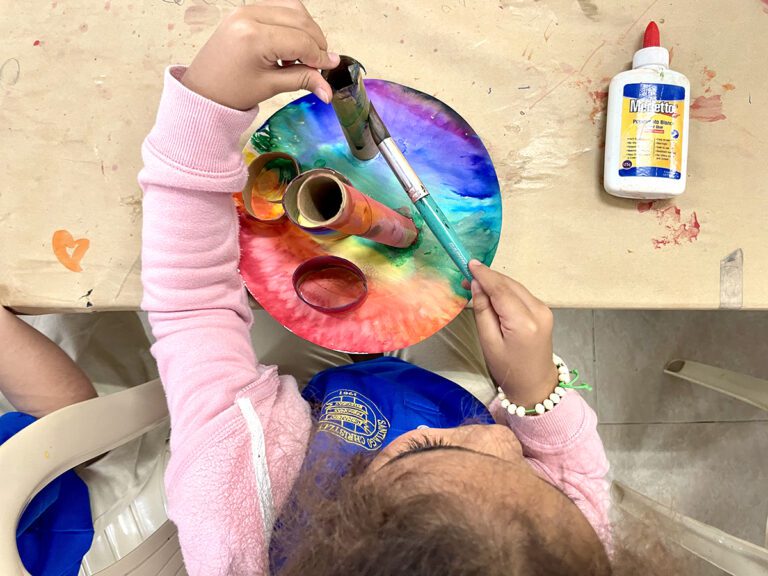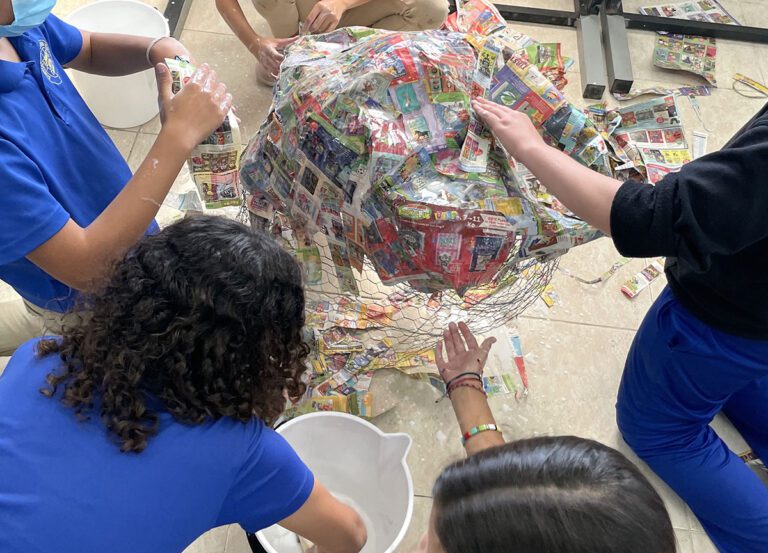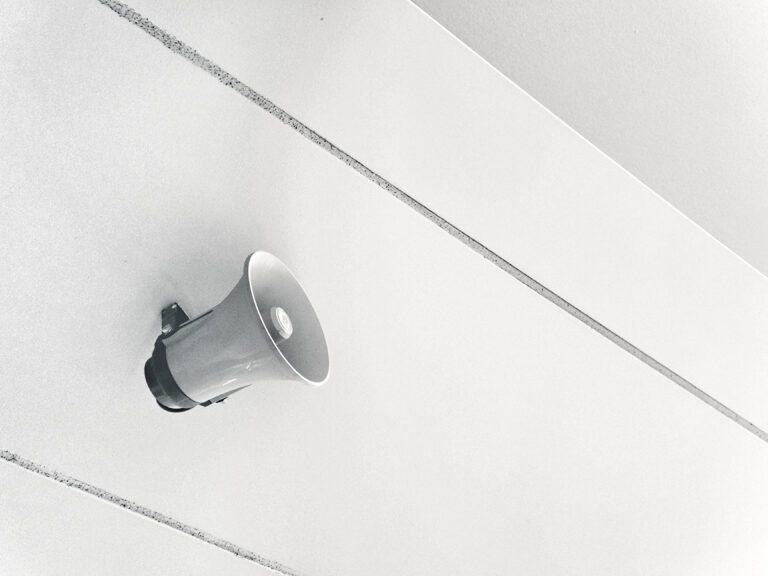Working with at-risk students can be difficult. Many times, they are dealing with home situations far beyond our control. But, for the same reason, sometimes at-risk students look to school as a safe space. And, for many, no place feels more so than the art room. Today I’d like to share my personal experience working with at-risk students in Philadelphia.
Getting Involved
A long, long time ago I was a graphic designer in Philadelphia. At the same time, I was taking art education courses at the Moore College of Art and Design. One of my professors was a reading specialist at a school for adjudicated youth in inner-city Philly called De La Salle in Towne. My professor often told stories about the boys she taught, and I was intrigued.
I started volunteering at the school. I wanted to find creative ways to teach these troubled teenagers how to read and love literacy through the visual arts.
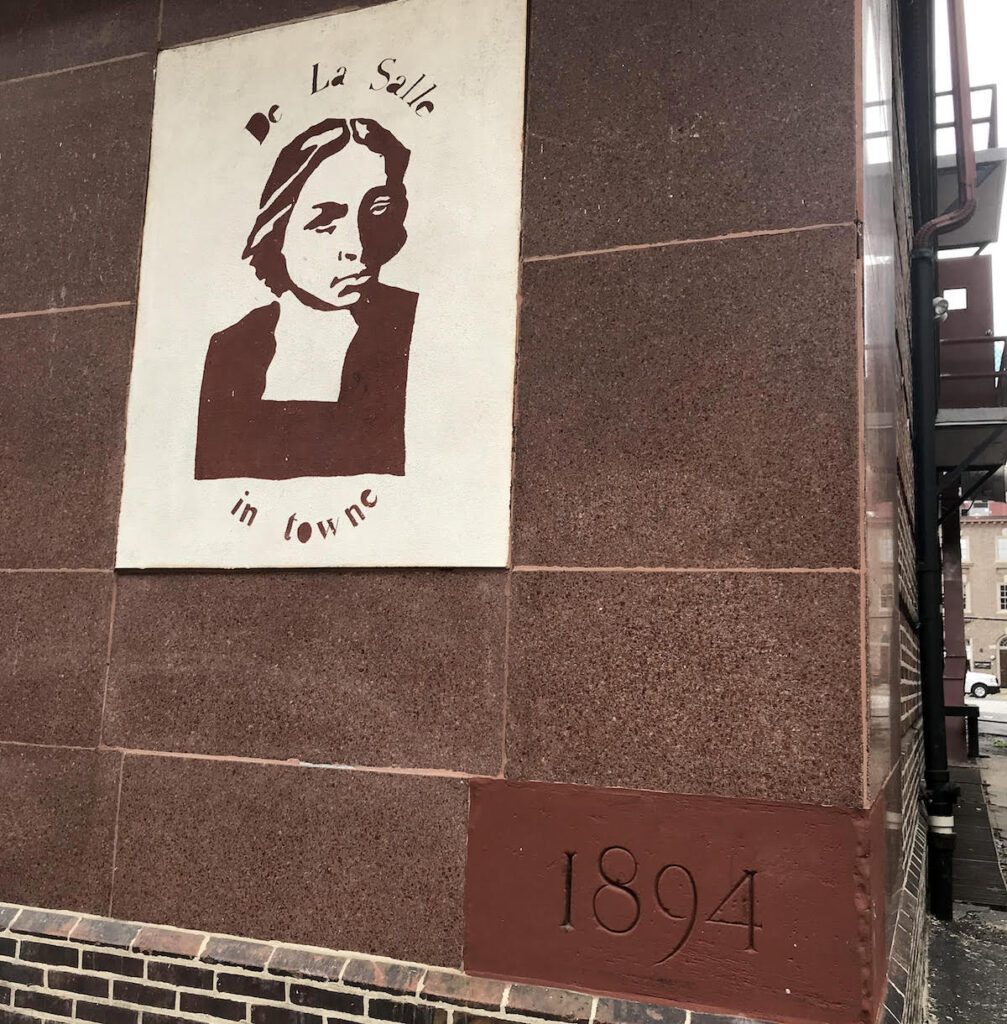
Advocating for the Students
When I started, I was so sad to learn these boys had no access to a visual art experience. So, each day on my way out, I would peek my head into the director’s office and say, “Hey, I think these boys would benefit from some art education.” After about three weeks of this, he finally stopped me and said, “Um, who are you? And tell me more!” So I gave him my elevator speech about the importance of art education. The following week, he hired me to start a summer art program for the boys!
Setting Goals
This was my first “real” art teacher job, and I was absolutely in love! I knew I was moving into the right profession. I began writing curriculum and planning experiences that would make these boys not only love art but literacy as well.
My other goals were to bring art history into their world and to create relevant lessons that tied to their lives and interests.
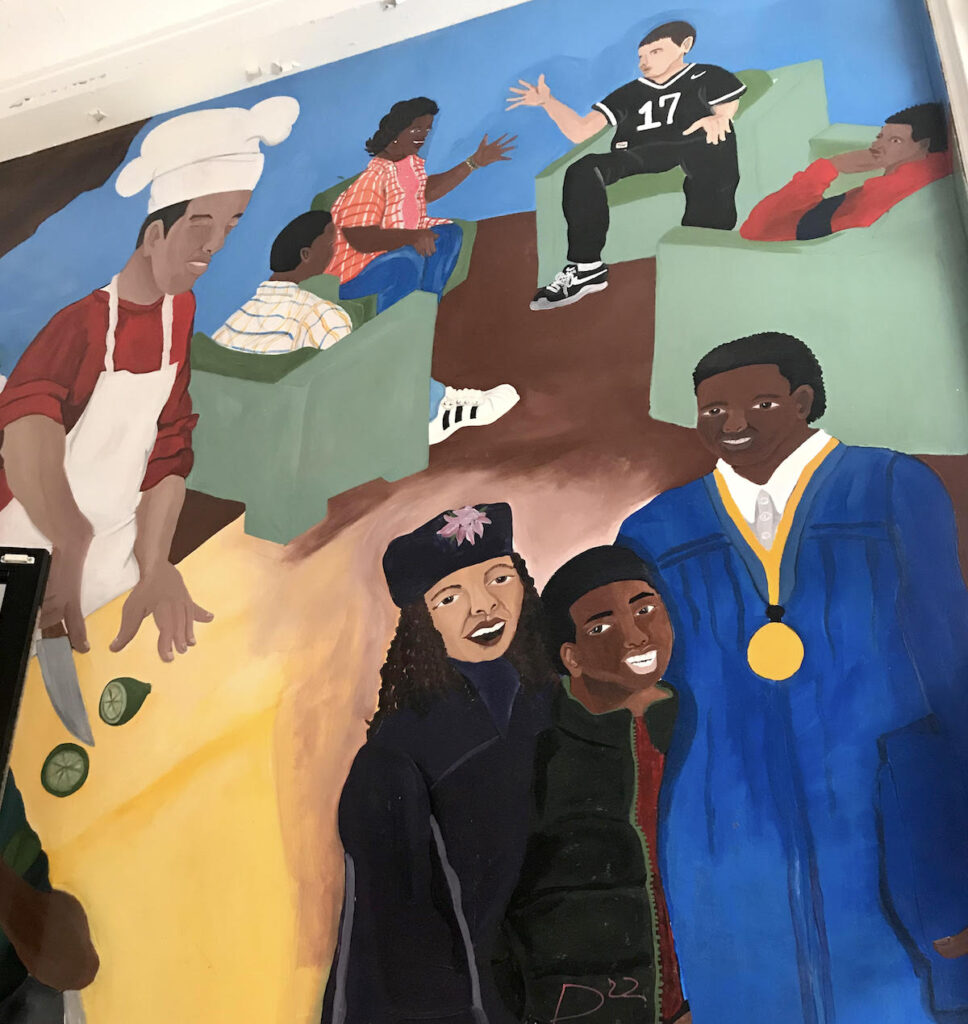
Planning Lessons
I began researching to see what they needed. Together, we came up with exciting, hands-on lessons that took their learning to the next level. This was key, as creating lessons together generated extra buy in. Here are some things we came up with.
Tying in Current Events
It was the summer of 1992, so it was time for the Olympics! This current event was a perfect jumping off point for a lesson. I designed something that not only had the students thinking about the elements and principles but considering movement and their favorite sports activities.
Students considered the meaning behind the Olympic rings and how the Olympic Games bring the world together. By the time they finished the lesson, they had learned so much about art, about our world, and most importantly, about themselves!
When you are developing lessons, think about what current events your students may find exciting. It’s a great hook!
Tying in Personal Interests
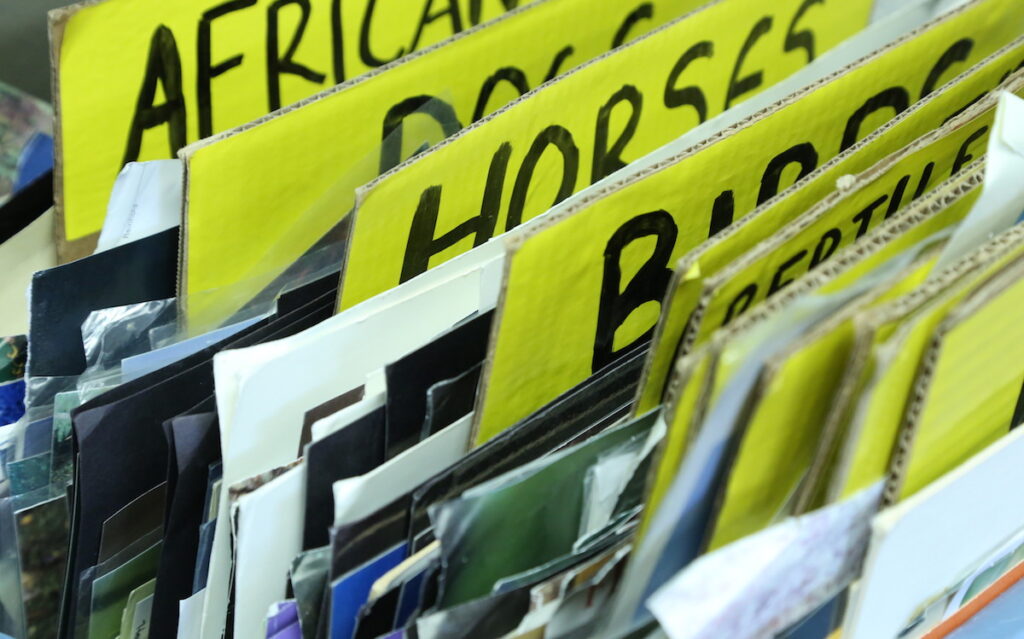
As a whole, my students were very interested in the ocean and marine life. Even though they only lived about an hour from the beach, most of these boys had never seen the ocean. So, I brought Tracy Taylor’s watercolor fish print series to them. They researched marine life and experimented with watercolor techniques to create beautiful paintings that brought them so much pride.
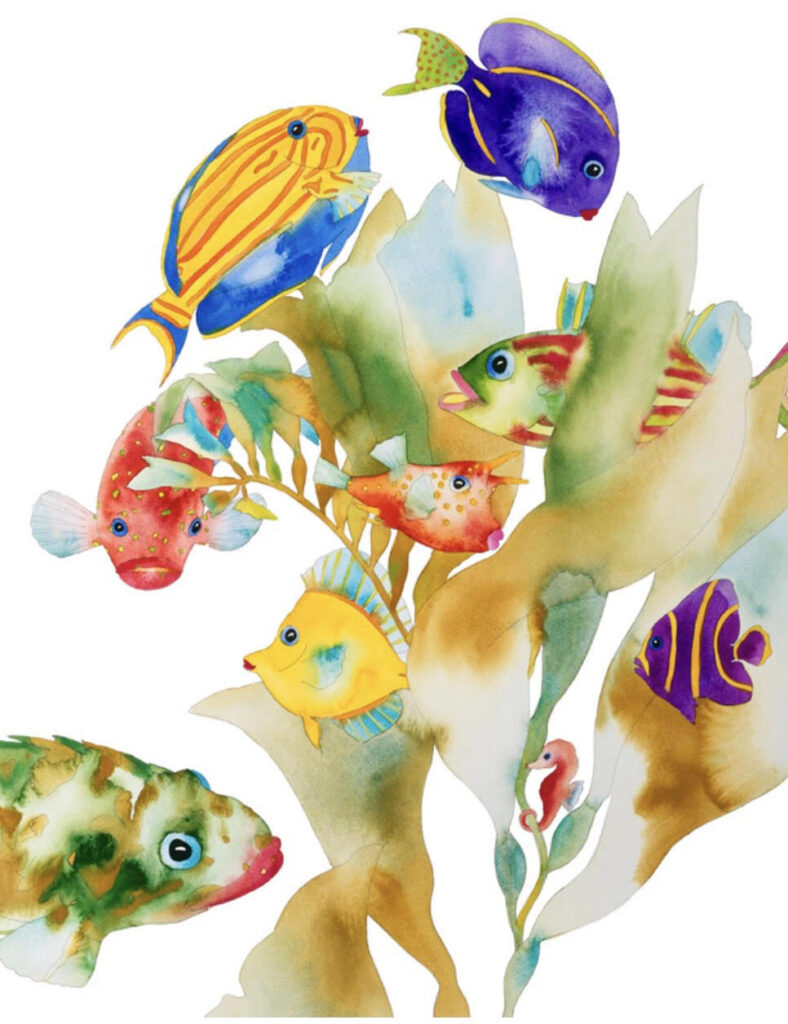
Find out what your students are interested in learning more about, either as a whole or individually. I promise it will make the learning much more meaningful and engaging.
Working in Centers
The other thing I wanted to provide these boys with were centers that would inspire them to work independently and collaboratively. One of the most successful centers was called, “Toothpick Towers.” Students were given glue guns and toothpicks. We discussed some basic architecture principles, like the importance of having a strong foundation. (This idea segued into a good discussion about how the same is true for life.) As a group, they built an eight-foot-tall tower that summer. To finish it, we took it outside and spray painted it as we had a wonderful discussion about how important it was to collaborate and work together.
Allowing students time and space to experiment with and manipulate different materials is key. If you can find space for collaboration, even better!
Adding in Visual Journals
One other thing I did was to provide my students with visual journals, better known as sketchbooks at that time. I encouraged my boys to write, sketch, draw, paint, and even vent in their journals daily. I reminded them these were their private books where they could think and consider life. Many of them were a bit hesitant at first. But, when I shared a few of my journals with them, they began to see that writing down thoughts and feelings was an important coping tool. When they began to see how drawing their feelings was quite therapeutic and rewarding, they took their work to the next level.

If you’re looking for concrete ideas about using visual journals or sketchbooks in your art room, be sure to take a peek at the following two resources.
- Sketchbook Ideas that Really Work PRO Learning Pack
- 50 Visual Journal Prompts to Promote Drawing and Creative Thinking Skills
Showing Students You Care
The summer of ’92 is one I will cherish and hold onto forever. I learned so much about myself, our inner-city youth, and how important it is to show our students we care! Teddy Roosevelt is thought to have once said, “Nobody cares how much you know, until they know how much you care.” I have carried this sentiment with me throughout my teaching career.
I moved to Atlanta at the end of that summer, but I am happy to report that art education became an important component at De La Salle in Towne. My students showed me when they worked hard, they succeeded, and our end-of-the-summer art exhibit was nothing less than spectacular! I was so proud of them, and I know they were proud of themselves, and that changed their lives for the better.
I recently went back to visit the school. I was excited to see a mural created by the art teacher and students back in ’98 and to hear about how the school began to focus more on vocational skills, specifically the culinary and fine arts. Two years ago the school moved to Bensalem, Pennsylvania and continues to be a community-based program. The building where I began my teaching career is no longer a school, but the students, memories, and personal growth will stay with me forever.
How can art change the lives of our at-risk students?
How can art and literacy take student learning to the next level?
Magazine articles and podcasts are opinions of professional education contributors and do not necessarily represent the position of the Art of Education University (AOEU) or its academic offerings. Contributors use terms in the way they are most often talked about in the scope of their educational experiences.


